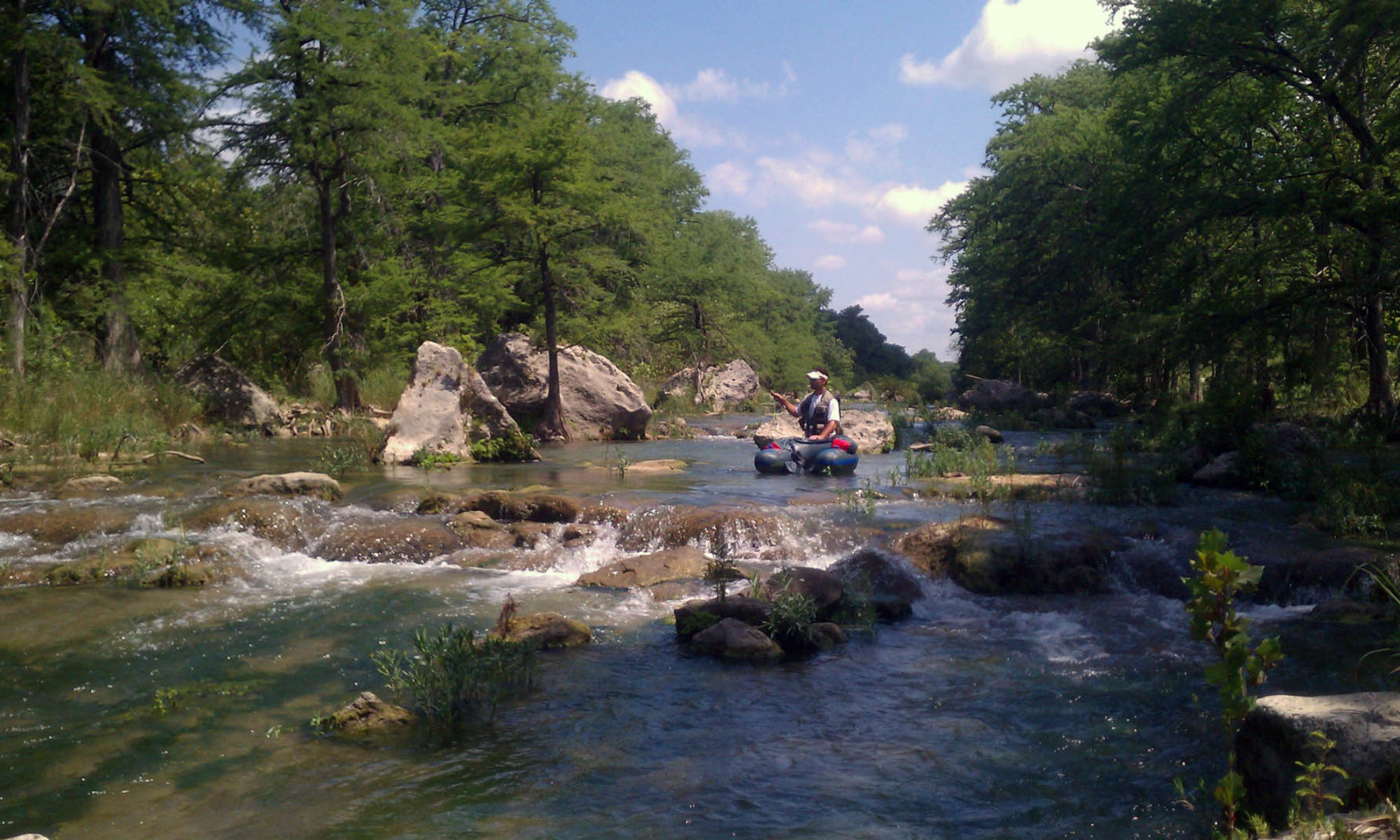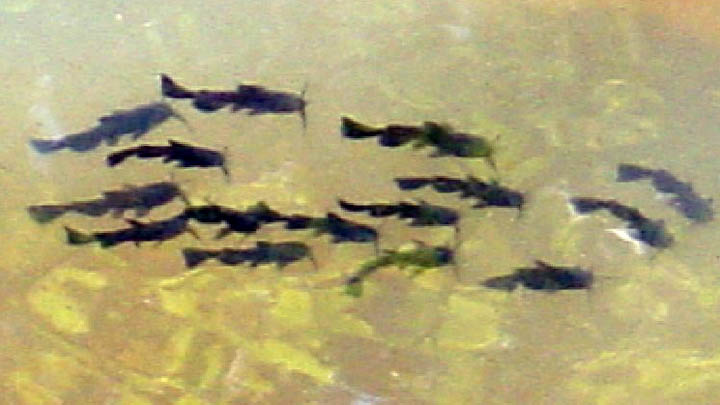About a year ago I was watching a video were a fishing guide was using soft plastic lures for smallies that mimicked a tiny catfish. He was using a spinning rig and the lure was huge by fly fishing standards but his results in the river he was floating down were impressive. I did a little online research and sure enough, sculpin, gobies, catfish and bullhead fry are on the top of the menu for not only bass, but pretty much every other fish in the river too.
I wanted to see if I could design a fly that took advantage of this feeding preference so I started by comparing existing steamer patterns with photos of tiny catfish underwater. Luckily there are a lot of tiny catfish used in consumer aquariums so it was easy to find reference. Then I went looking at different existing fly patterns to use as a starting point to modify. Of interest to me was the Cat’s Whisker pattern that was so named because David Train, the original designer of the fly used whiskers that shed from the family’s pet cat as one of its materials. The pattern would need major changes but it looked like a good place to begin.
One of the things I knew would be critical to making my fly successful is reproducing the top fin action a catfish fry has when it is foraging on the river bottom. I also thought I would need to add little rubber whiskers and paint the eyes over with black excluding little beady eye spots. I ended up using a couple of feathers for the dorsal fins and it was really the only catfish looking modification that survived the testing phase. I dropped the little rubber whiskers after I determined the fish did not care and found that big, bright brass dumbell eyes actually worked better than the tiny black dots that real catfish fry have.
Honestly I don’t know if the fish are attracted to this fly because they think they are getting a catfish meal or if I’ve just stumbled onto some other food source. All I do know is that it works and works well.
I can not emphasize enough how good this fly has been to me and my friends on the Texas Hill Country rivers. When fished correctly, it has consistently produced more large fish than any other fly pattern I’ve tried. The trick is to fish it right on the bottom as much as possible, using extremely long leaders or sinking line and moving it in very short twitches. The retrieve should be painfully slow.
The number of times I have hooked into a fish after letting the fly rest on the bottom motionless is significant. I would guess that its happened a couple of dozen times now where I find a fish on my line after being distracted with some issue or another. The take away here is that you can not fish this fly too slow or too low.
Material List:
#8 Nymph Hook, 3X long
200 Denier UTC Ultra GSP thread, Black
Krystal Flash, Gold
Marabou, Black
Ultra Chenille, Olive
5/32″ Brass Eyes, Gold
Grizzly Hen Hackle, Olive
I would love to see catches from anyone who ties this fly, please post your photos!

